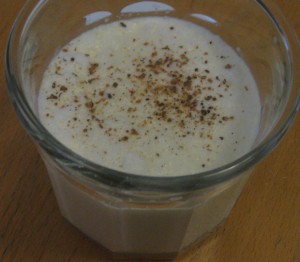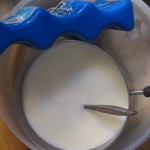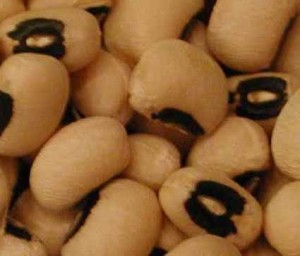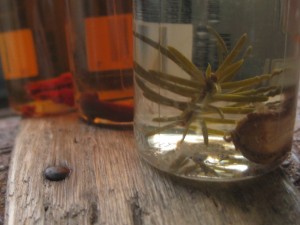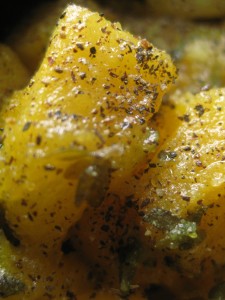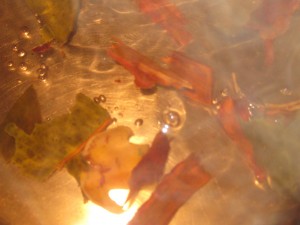
Lunch.
At the moment of typing this, I haven’t eaten for about seventy-two hours. I actually feel a little better than at hour twenty-four, when I couldn’t read or watch TV for the fear that a character might have the audacity to eat something in front of me. But more about this later. First, I should mention why someone who loves food as much as I do would ever consider embarking on a fast.
1) Foremost was the notion that a relatively brief fast might help my turbulent stomach return to its usual steely resolve. I’m not sure why it’s been in such a huff lately, but not much seems to soothe it, and I was reminded of a friend who fasts about once a year mentioning that it helped her sort out the foods that she can’t tolerate. If you clean out your system, she said, you’ll know immediately when you start eating again if there’s something you should avoid. I liked this idea of a gastric reset button and decided that this might be a way to clear my stomach’s fog of confusion.
2) Although it’s far from a proven fact, there’s plenty of anecdotal evidence to suggest that fasting might benefit you in the long run. An article in Harper’s magazine explores the possibility that simply not eating for a few days might help patients undergoing anything from epilepsy to chemo. The problem is that not doing something doesn’t really benefit anyone financially, most obviously pharmaceutical companies, so fasting hasn’t received the funding for rigorous testing. At any rate, I do recall being scared a few years ago by some news article that likened burning calories to putting miles on a car—eventually, the engine, or the body, just wears out. Yikes, I thought. I eat way more than a lot of people. Maybe I should give the engine a rest for a few days.
3) There was a chance, however remote, that fasting might bring some sort of clarity and insight. People describe having this sort of experience on a fast, and I thought that perhaps I was missing something. Flaubert ate virtually nothing while writing his novels (though if you’ve ever seen his portrait, you can probably guess that he gorged himself as soon as he delivered a manuscript to the publisher). Maybe the next Madame Bovary is lurking within me, blocked until now by food. Continue reading →
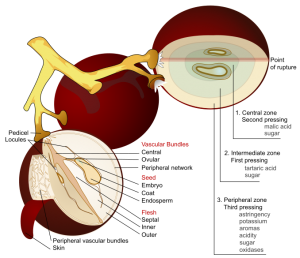 Grapes. They are the fruiting bodies of the genus Vitis vine, have been cultivated for food and libation since at least 6,000 B.C., are frustratingly expensive at the grocery store, and are generally recognized as being wicked yummy.
Grapes. They are the fruiting bodies of the genus Vitis vine, have been cultivated for food and libation since at least 6,000 B.C., are frustratingly expensive at the grocery store, and are generally recognized as being wicked yummy.
